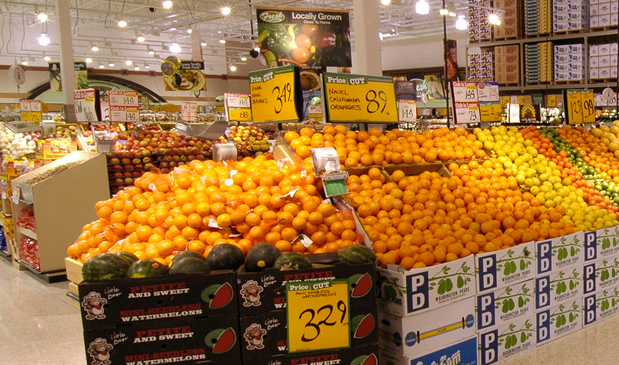Driving Transformation with Mobile Analytics at Supervalu
“Imagine you’re walking around the distribution center, you’re visiting with people, you have rush orders, you have planned orders, full truckloads, partial truckloads, and you’ve got all that data at your disposal right now to see what’s going in, what’s going out, what your labor levels are in the warehouse—all that kind of stuff," says Wesley Story, Supervalu’s Group Vice President of Consumer Insights and Loyalty.
Grocery stores are the prototypical high-volume, high-velocity business environment. There's a lot going on, and every decision has a monetary impact-- often a large one. Every decision matters. The pressure is particularly intense at Supervalu, which is in a turnaround situation. Supervalu is one of the largest grocers in the U.S., with over 2500 locations and a portfolio of brands including Albertsons and Cub Foods.
Supervalu turned to mobile analytics so managers would have real-time data right when they were making decisions.
"It’s all in your hands and at your fingertips on the warehouse floors, versus the way it used to be was you’d have to go way upstairs into this back corner office to pull up your computer and fire up some of our old-school BI reports that might take a few minutes because they are pulling big data queries," says Story. Using Tableau changed the way managers worked with data:
"They’d go get coffee or a bagel and then come back to their desks to see the reports. Then they’d print them out because they wanted to carry them with them. But now that data is static, so they’ve got a printout from this morning and it doesn’t have the movements that have happened throughout the day.”
Rapid-fire business intelligence also let Supervalu bring together disparate data and improve collaboration about data. It's helped the retailer save time and money-- and be smarter and more nimble. Read the full case study.
Subscribe to our blog
받은 편지함에서 최신 Tableau 업데이트를 받으십시오.



